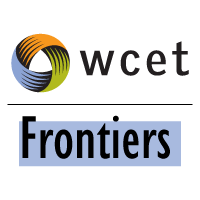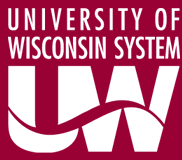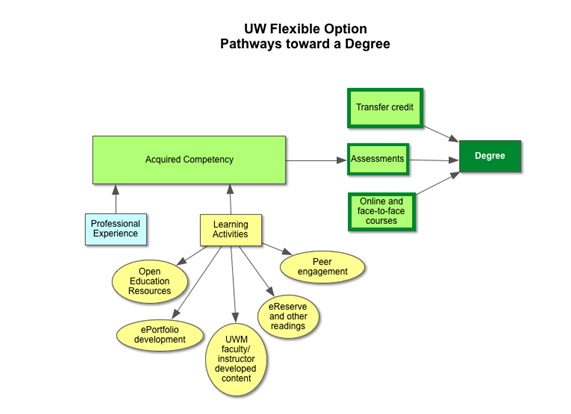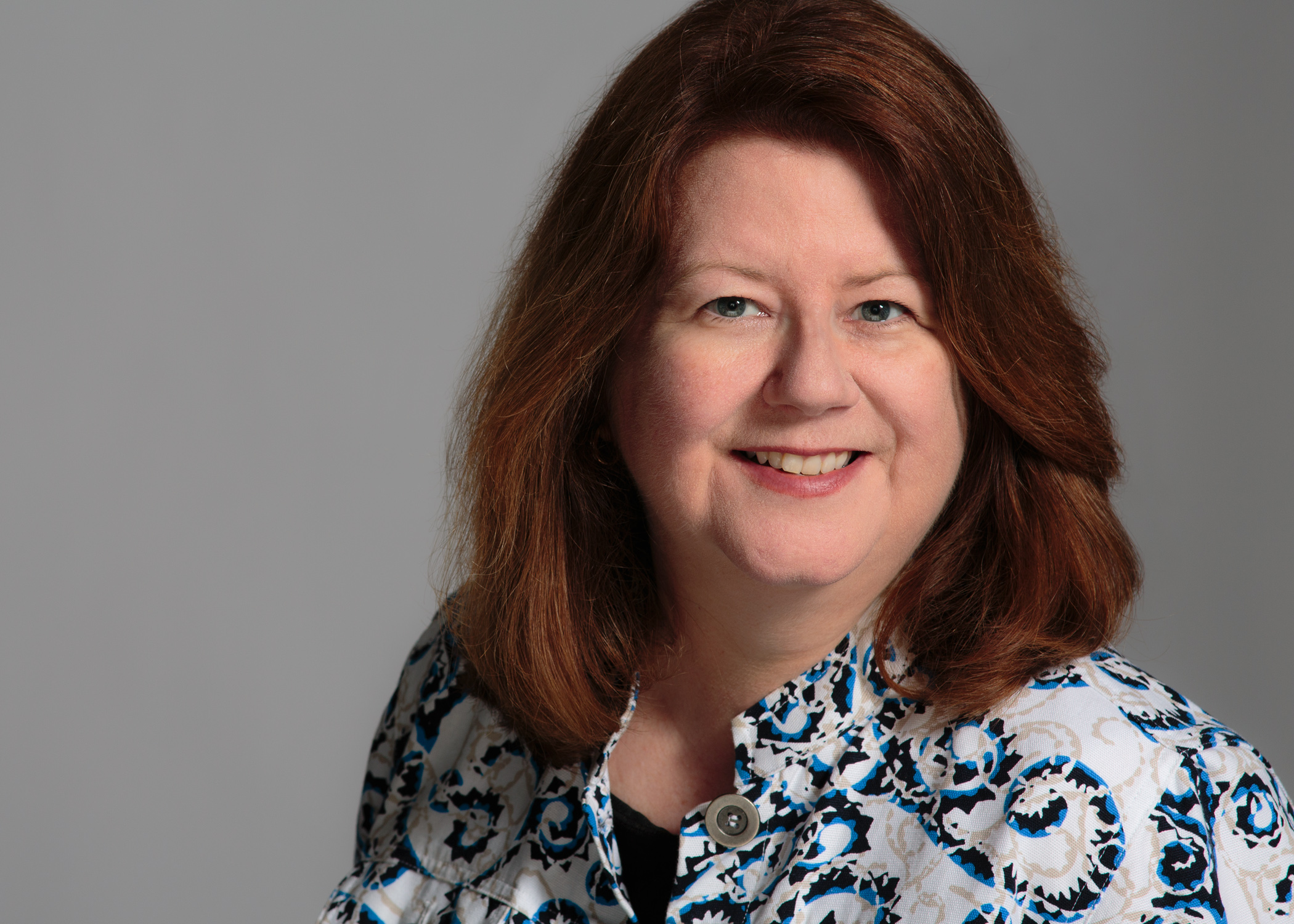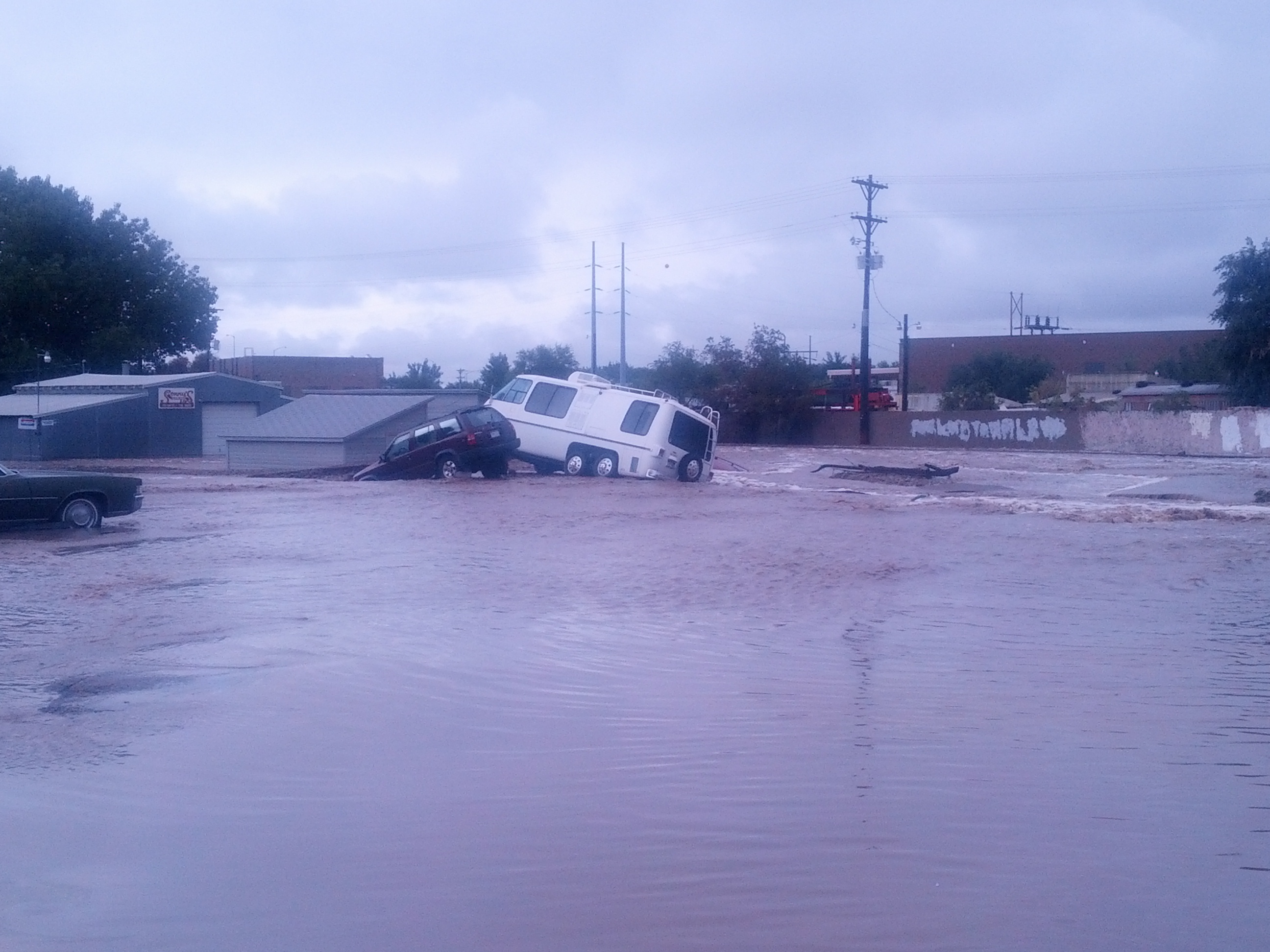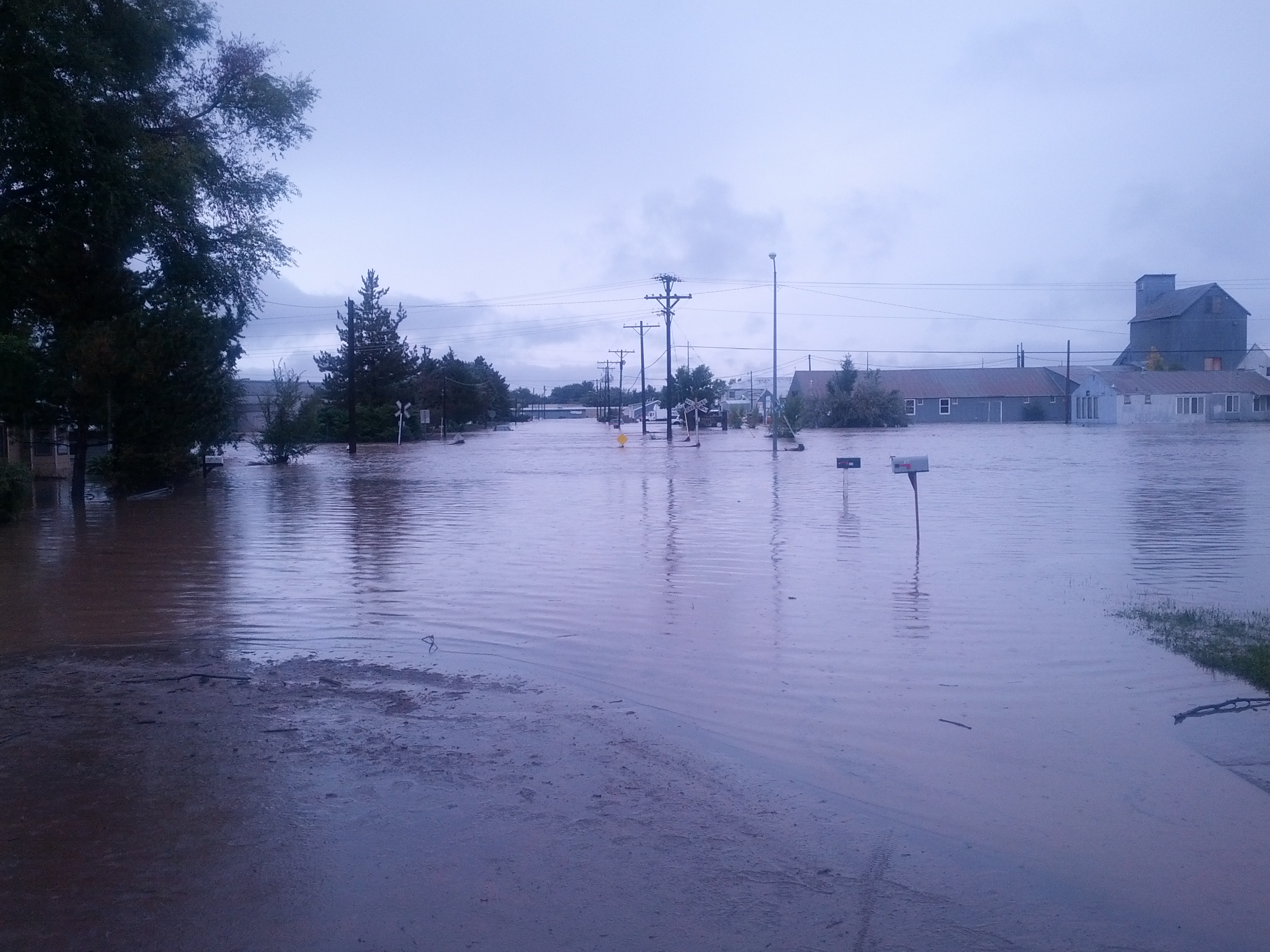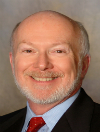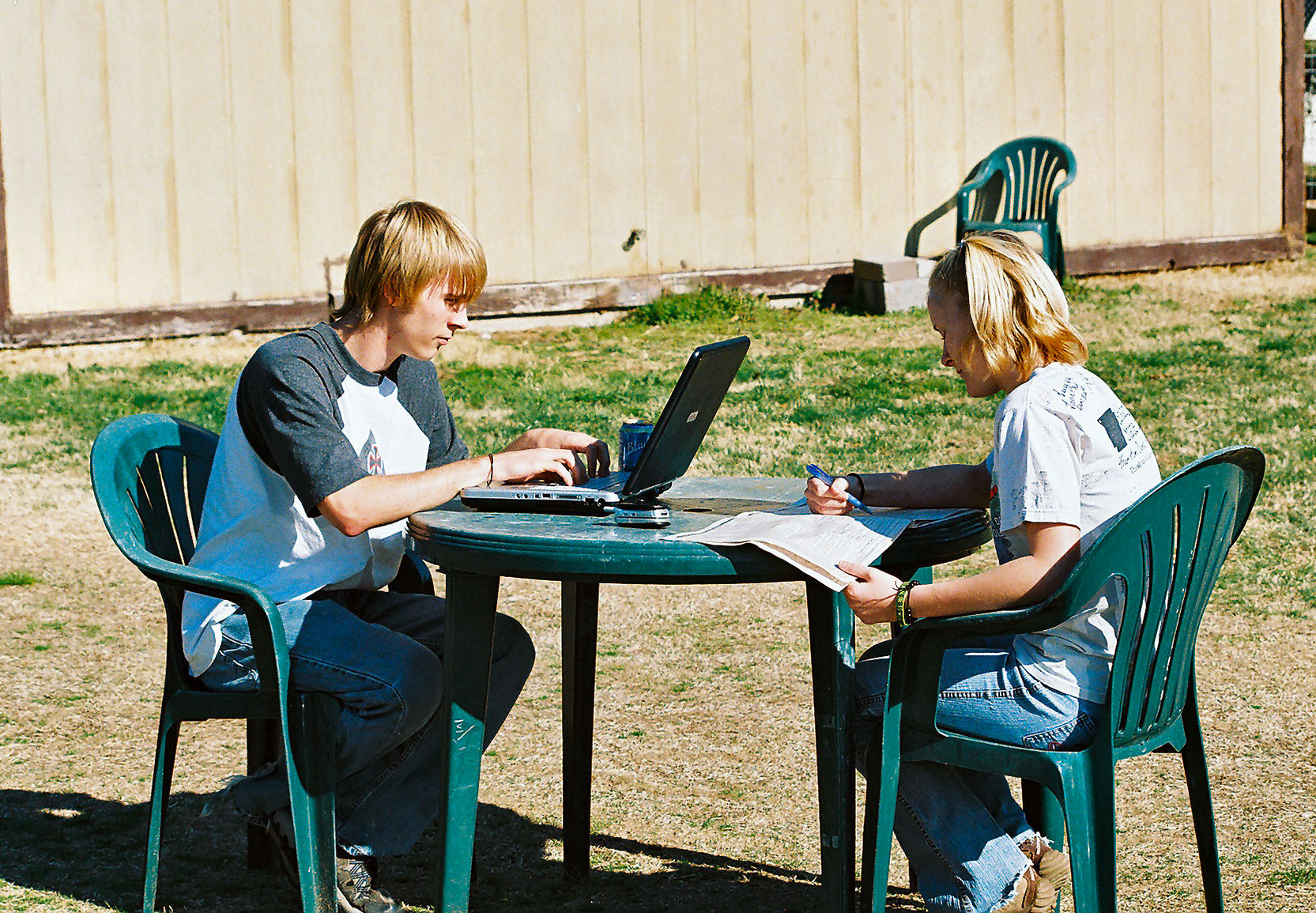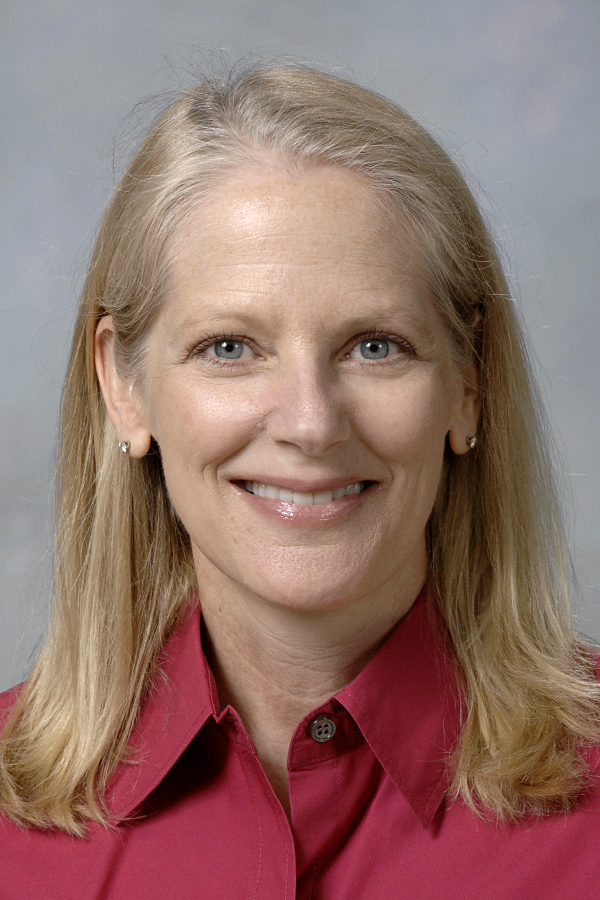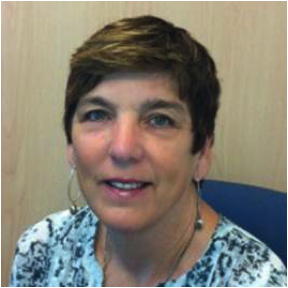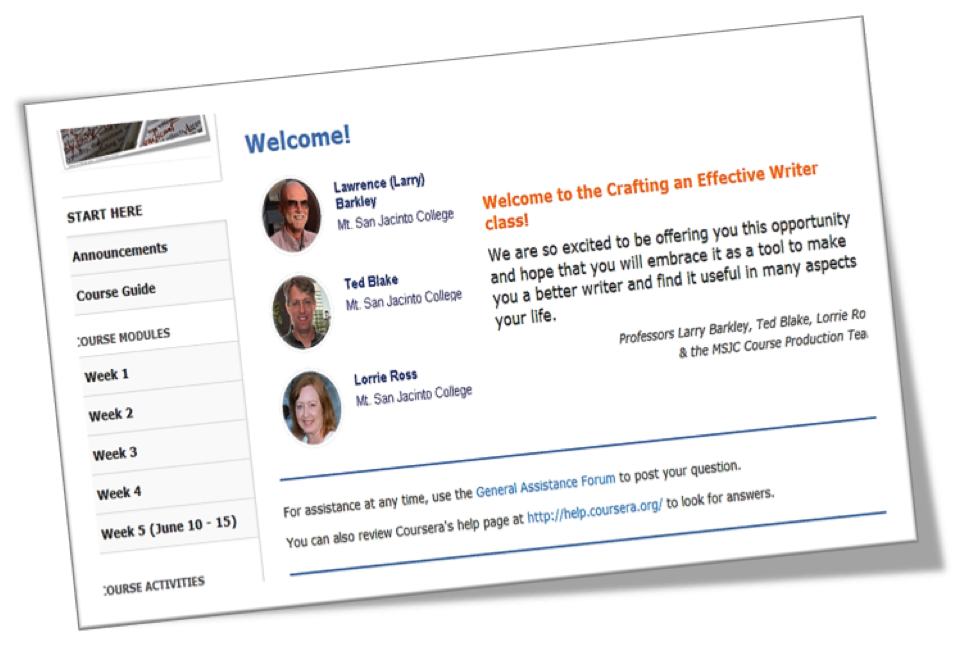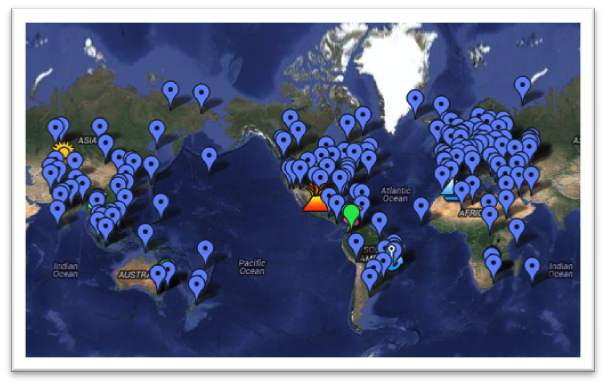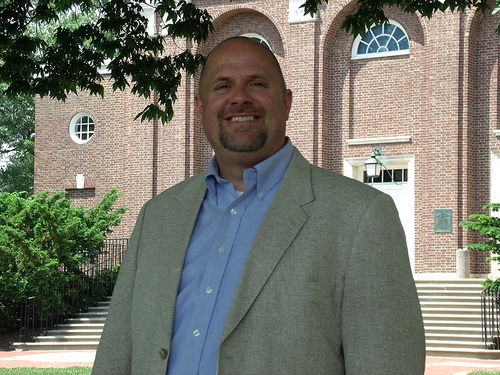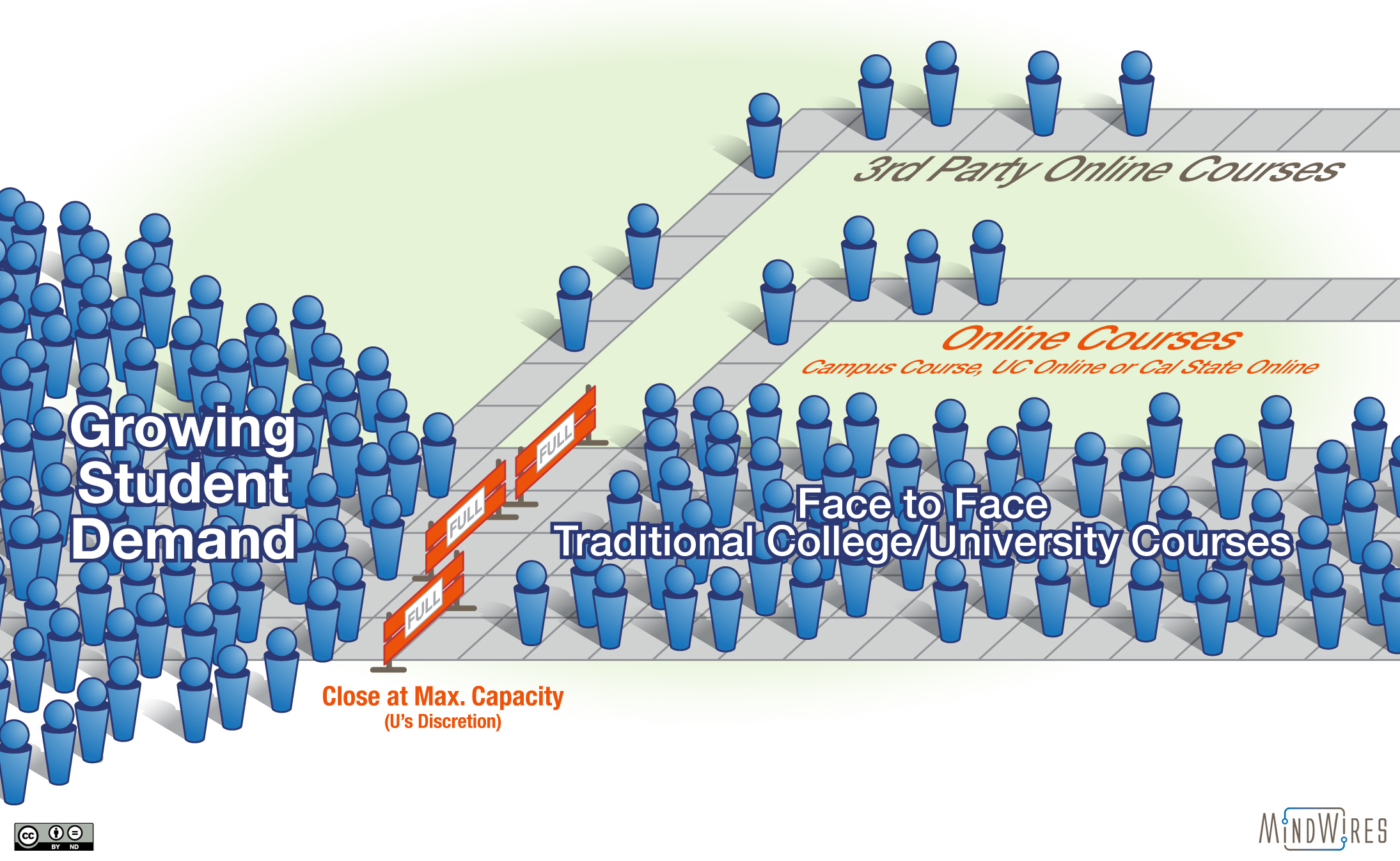After last week’s blog posting from David Cillay, Richard Katz (former WCET Executive Council member) and I had a great discussion via email. I invited Richard to provide his viewpoint. Richard served 14 years as vice president of EDUCAUSE and was the founding director of the EDUCAUSE Center for Applied Research (ECAR). Through Richard N. Katz & Associates, Mr. Katz also consults on strategy, technology, and performance and compliance management with governments, corporations, and colleges and universities worldwide. Thank you to Richard for moving the discussion forward.
Russ Poulin
I read David Cillay’s thoughtful blog encouraging a redirection of the lively conversation that swirls about us related to MOOCs. David is most certainly right. For better or for worse, MOOCs are the current darlings of the media. More important, they now dominate a great deal of the discussion about higher education among political leaders, regents, foundations, regulators, and others – including students and their parents!
Like David, we can wonder how to re-center the discussion on the deeper insights about online learning that we have won through two decades (or more) of hard work and lessons learned. This is surely valuable and even necessary, though we must exercise great care to avoid sounding like the “we-got-here-first” gang.
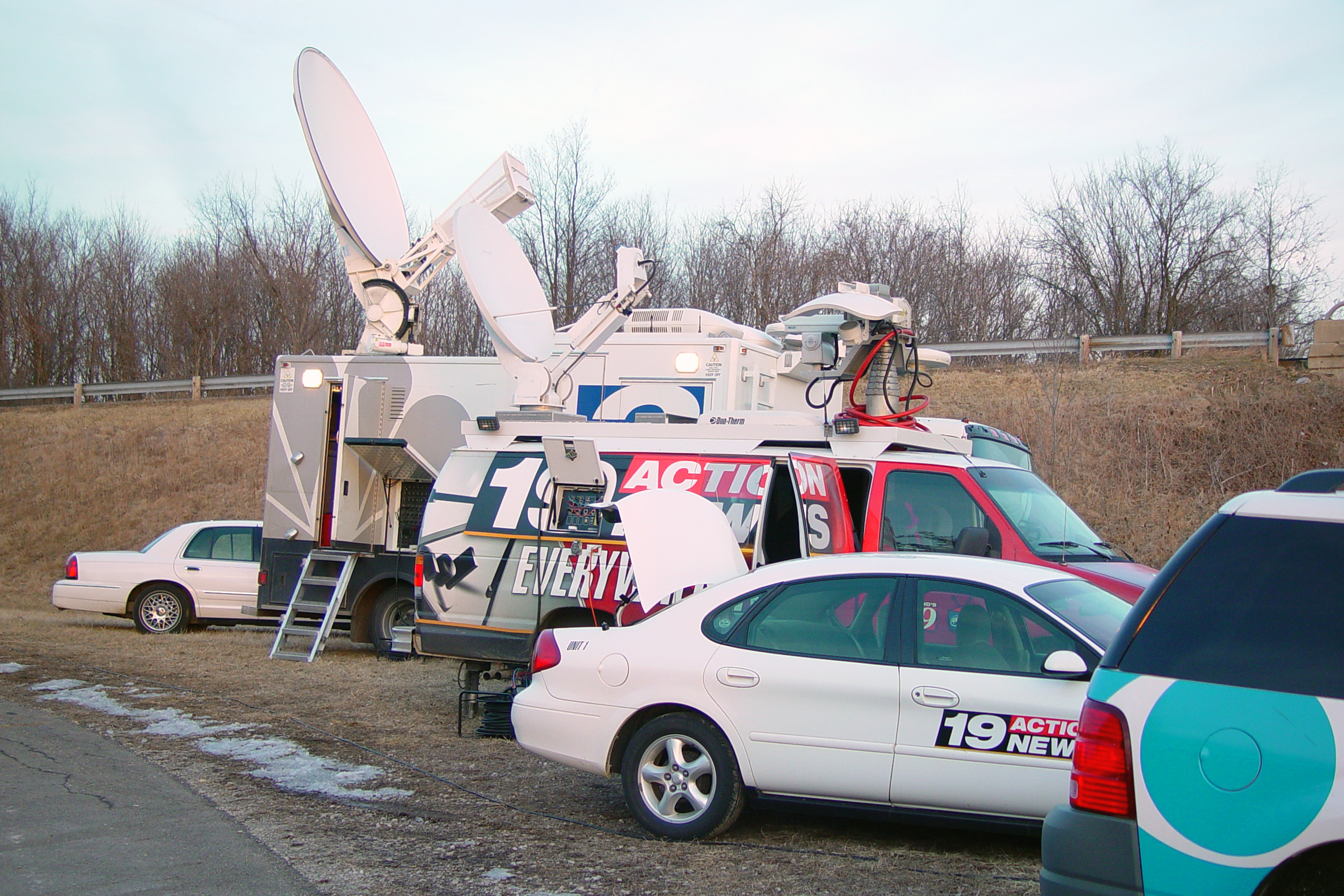
We rightly consider ourselves pioneers and innovators and – as such – we carry the burden of cheering on the next generation of innovators – even as we cringe. And there certainly will be cringing. MOOCs today remain in the stratosphere of Gartner’s hype cycle. Inevitably, they will either traverse the trough of disillusionment, or their blanched bones will provide teachable moments for their successors. It is too early to tell.
So Why Have MOOCs Monopolized the Conversation?
I’ll leave the debate about whether or how to redirect the conversation to others. Where I’d like to contribute is to pull a thread that arose out of my reading of David’s essay. The question that came to the forefront as I read and re-read this piece was “why?” Specifically, why have MOOCs captivated so many, so quickly, and so deeply. It seems to me that until and unless we understand why MOOCs have cornered the conversation, we will not know whether or not to re-direct that conversation, or how to re-direct it.
I can think of many reasons for this imbalance, but launching a quiver of arrows seems distracting. When I think deeply on it, I think the root ‘stolen thunder’ is the (mutual) mistaken belief that MOOCs and GOFOCs (good old-fashioned online courses) are solving the same problem. Easy mistake to make. It seems to me that while David is correctly notes that “not all online education is massive,” our understatement or outright failure to understand the centrality of both massiveness and openness in the educational policy debates surrounding MOOCs may consign us to important but secondary roles in an epochal change that is underway. MOOCs, in my opinion, while likely important, are merely catalysts of the changes ahead.
Audacious Goals Make MOOCs Newsworthy
MOOCs are not hot news because they showcase revolutionary technologies. They don’t.
MOOCs are not news because they are evincing better rates of course completion. They aren’t.
In my judgment, MOOCs now dominate the broad debate about higher education because they are focused on higher education’s two biggest problems.
First, the “massification” of instruction challenges traditional educators’ most cherished belief (and argument) that quality is unalterably bound up in intimate (face to face or virtual) interactions between students and teachers and with one another. The student-faculty ratio is a hugely weighted factor in any ranking of colleges and universities. If one can achieve quality – with mass – (note the Open U of the UK accomplished this using a different delivery paradigm) then one can directly attack the twin challenges of higher education accessibility and affordability. This, in a nutshell, is what Jim Collins called a “big, hairy, audacious goal.” Let’s call it a neat trick, if you can pull it off! What’s important here is that those of us who have worked to promote and develop traditional online learning have spent much of the past 20 years promoting the less audacious goal of having our work show “no significant difference”. Not a magical sound bite, even if – in 1980 – it was considered audacious by many. How do you talk about success? Is it “our courses are no better than …” or “our courses are no worse than.”? To accomplish the goal of demonstrating “no significant difference” we generally hewed to (and the performance data supported us) the belief that low (online) student-faculty ratios were an unmistakable marker of online course quality. In doing this, we also established that traditional online learning had no significant difference in cost to the taxpayer or tuition payer. In fact, if one fully loaded the costs of infrastructure, design, and so forth, there likely is a difference and we don’t want to talk about it.
Second, “openness” in the context of MOOCs is really code for nearly free to the consumer not the institution as David correctly reveals. The freemium business model of the MOOCs promises to shift the cost burden of learning to someone or somewhere else. While sustainability may be elusive, some very smart people are chasing it. And we have all become accustomed to free things on the internet that we used to pay dearly for. Between openness and massification, MOOCs are promising to deliver “Ivy caliber” lectures over a state-of-the-art (and improving) infrastructure, through private capital, and free to the student. Again, audacious goals. And newsworthy. Surely we must all agree that to the casual reader the prospect of a free Ivy League education must have the sex appeal of Cold Fusion-in-a-Box.
Audacity is defined as bold or insolent heedlessness of restraints, as of those imposed by prudence, propriety, or convention. Audacity, in my experience, is not a common part of the gene set that comprises a lifelong higher education faculty or staff member. Maybe it needs to be. I shook my first to the heavens when Google announced that it would scan the collections of our great research libraries. And monetize them! For years I had argued that this is exactly what should be done – and that we should do it. Somehow we do not have the audacity, the discipline, the courage, or some other quality that we need. And maybe that’s okay. Stanford’s leadership has demonstrated again and again the benefits of turning our ideas over to others who understand better than we, how to commercialize them.
Will MOOCs usher in a revolution? I don’t know. My guess is that they will secure a valuable niche and will ultimately be socialized by our institutions precisely because they do lower the cost of instruction. And as a graduate of 3 large public universities, I for one am prepared to believe that they will lower the cost of those courses that for me had 300, 400, 500 or more students. I can imagine what Plato might have to say about some of the on-ground lectures that MOOCs hope to replace. And recall that Plato warned us of the educational erosion that would happen were we to allow the insertion of writing into the learning experience!
Will MOOCs substitute for a seminar at Amherst or Williams? Not likely. Nor do a great many of our ‘traditional’ offerings — online or on-ground. Again, higher education is today solving a different problem. Our state and national leaders know that our competitiveness depends on a highly educated work force. Today – and perhaps forever – we cannot afford to make a higher education the public good it was – or should be. We as a community must really begin to put our shoulders to the wheel to drive the cost of education down so that this education can be available and accessible to anyone who can benefit from it. I think that this needs to become an obsession – one that permits or even encourages us to challenge things we have come to hold sacred.
They are our Children. We Need to Nurture Them.
In the end, while we love our institutions, we need to love our students more. The role of online education is secure and there is likely a real and meaningful place for MOOCs. We need to be the ones to help our institutions find that place. Of course we need to stand for quality and we need to root out schlock wherever we find it. But experiments do fail and we need to learn from them, not shut them down. And our colleagues who are making the MOOCs and making the news? They are in fact our colleagues and not our competitors. We need to be the bridge to them and if we succeed, we will accomplish re-framing the dialog as David rightly hopes we should.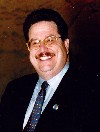
President
Richard N. Katz & Associates
richard.n.katz@gmail.com
Photo credit: Morgue File
